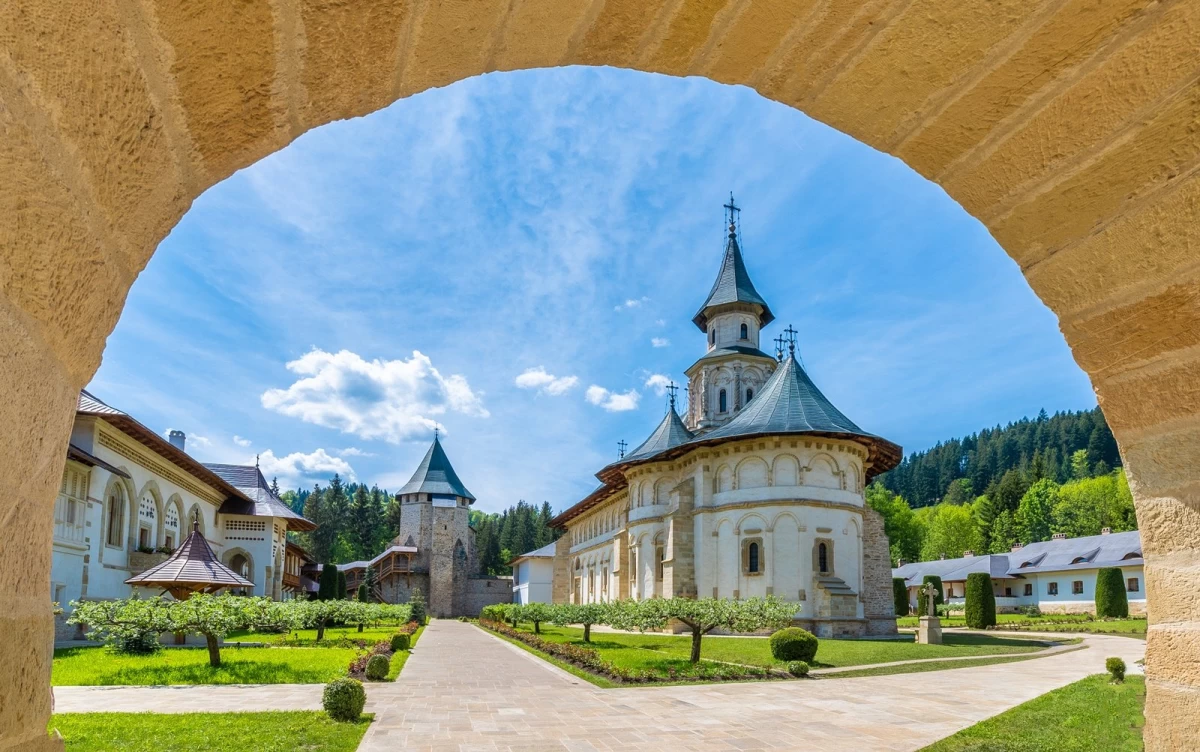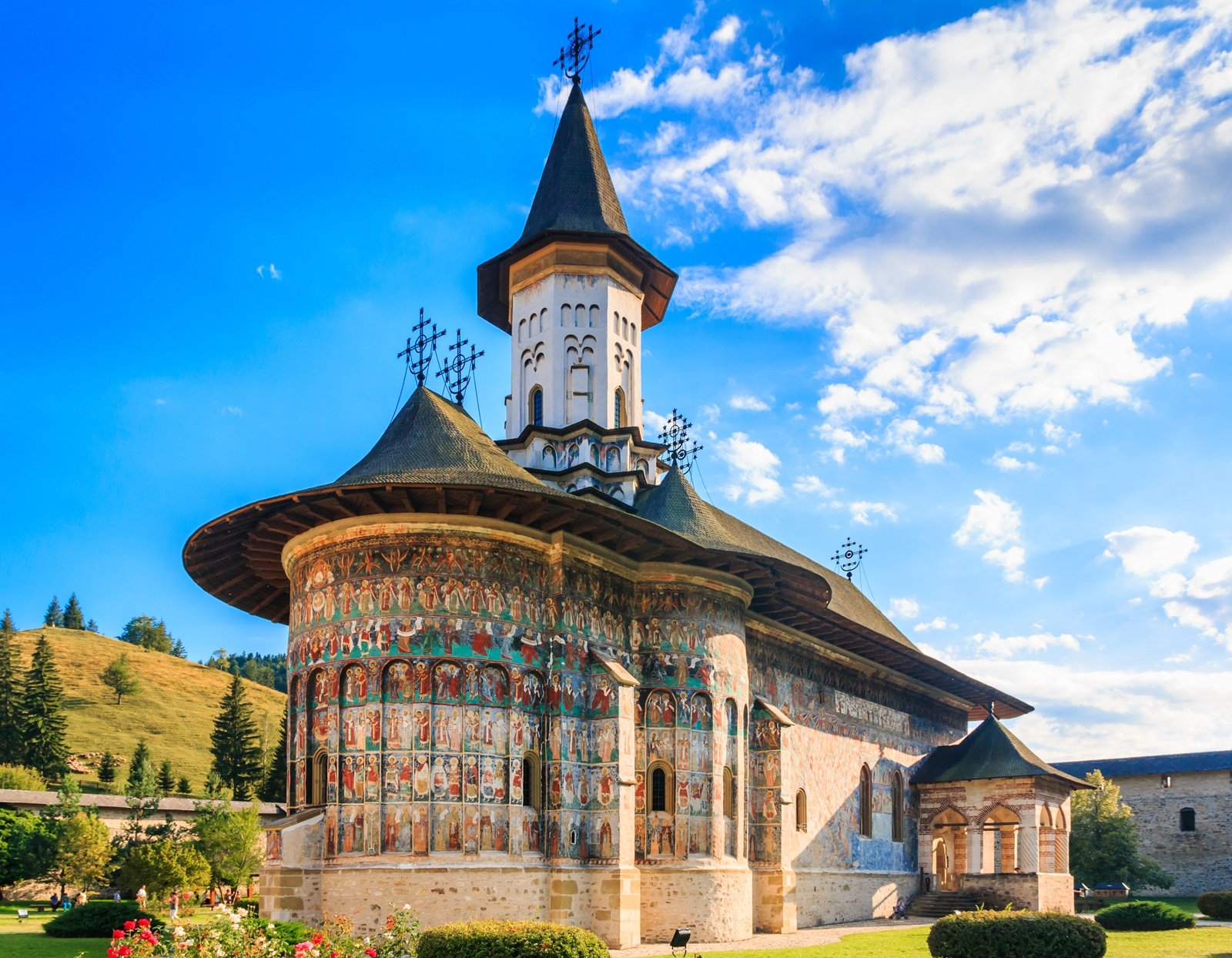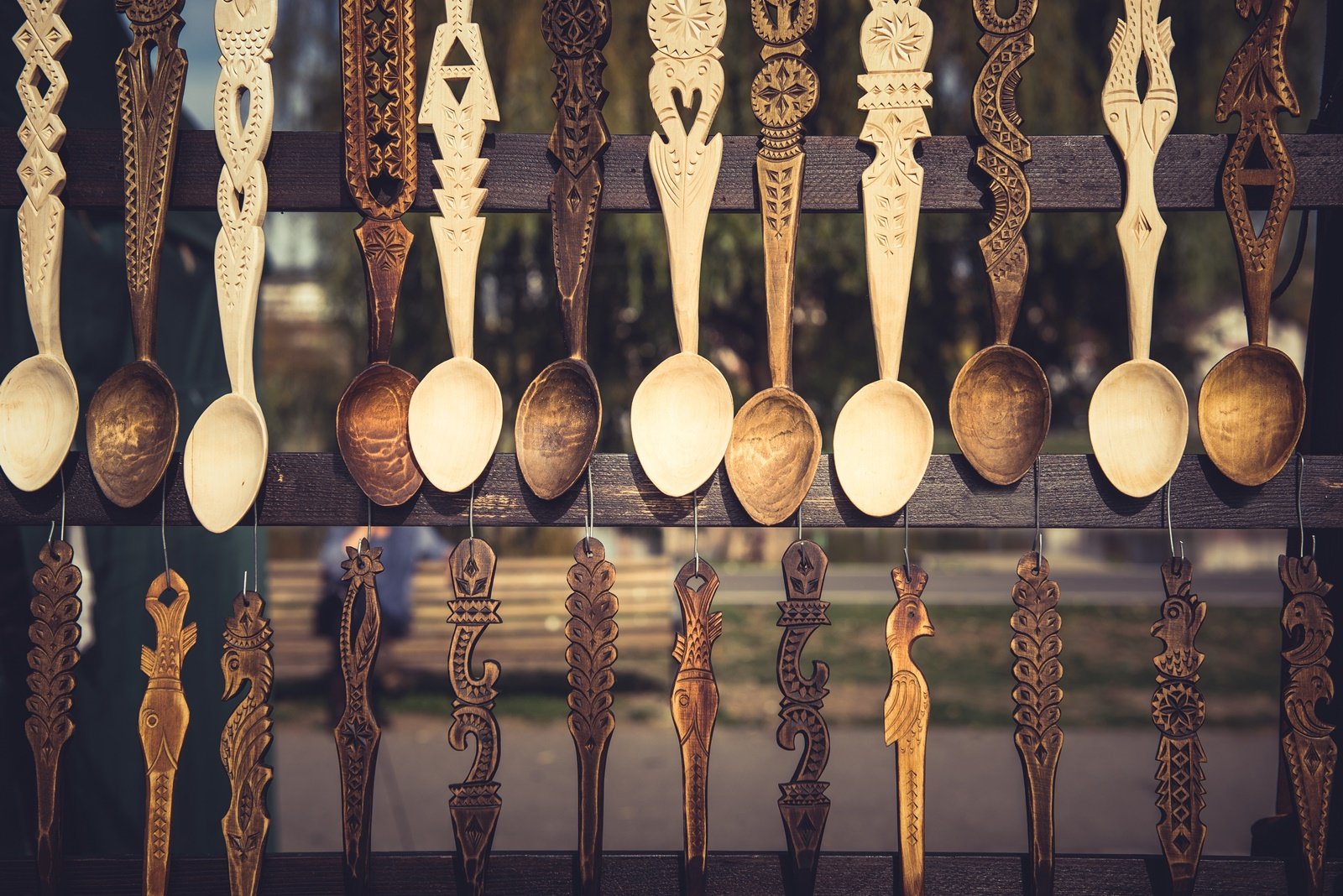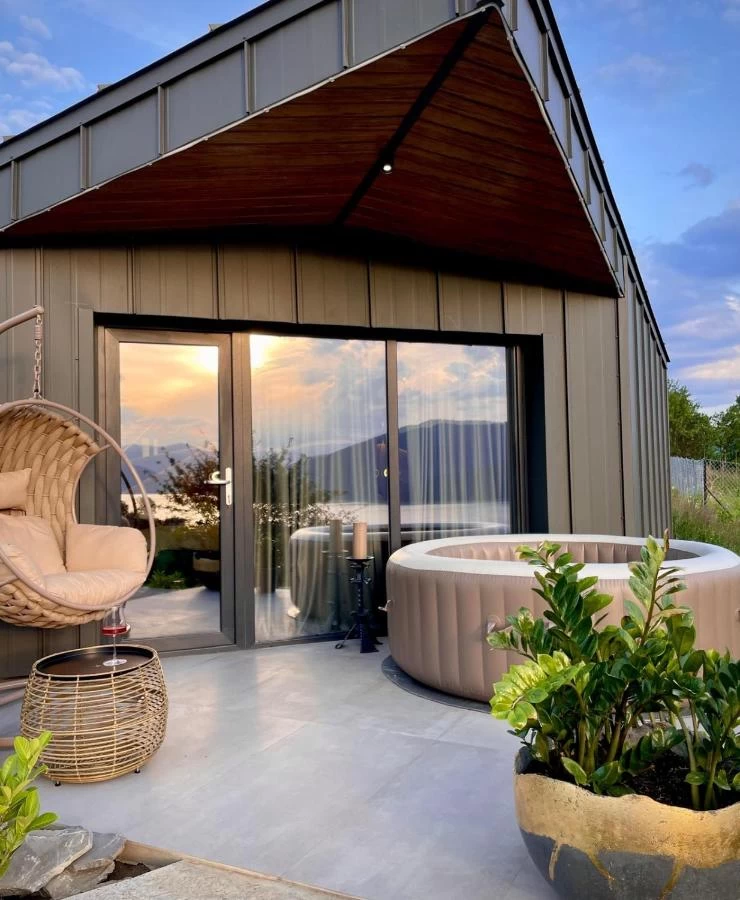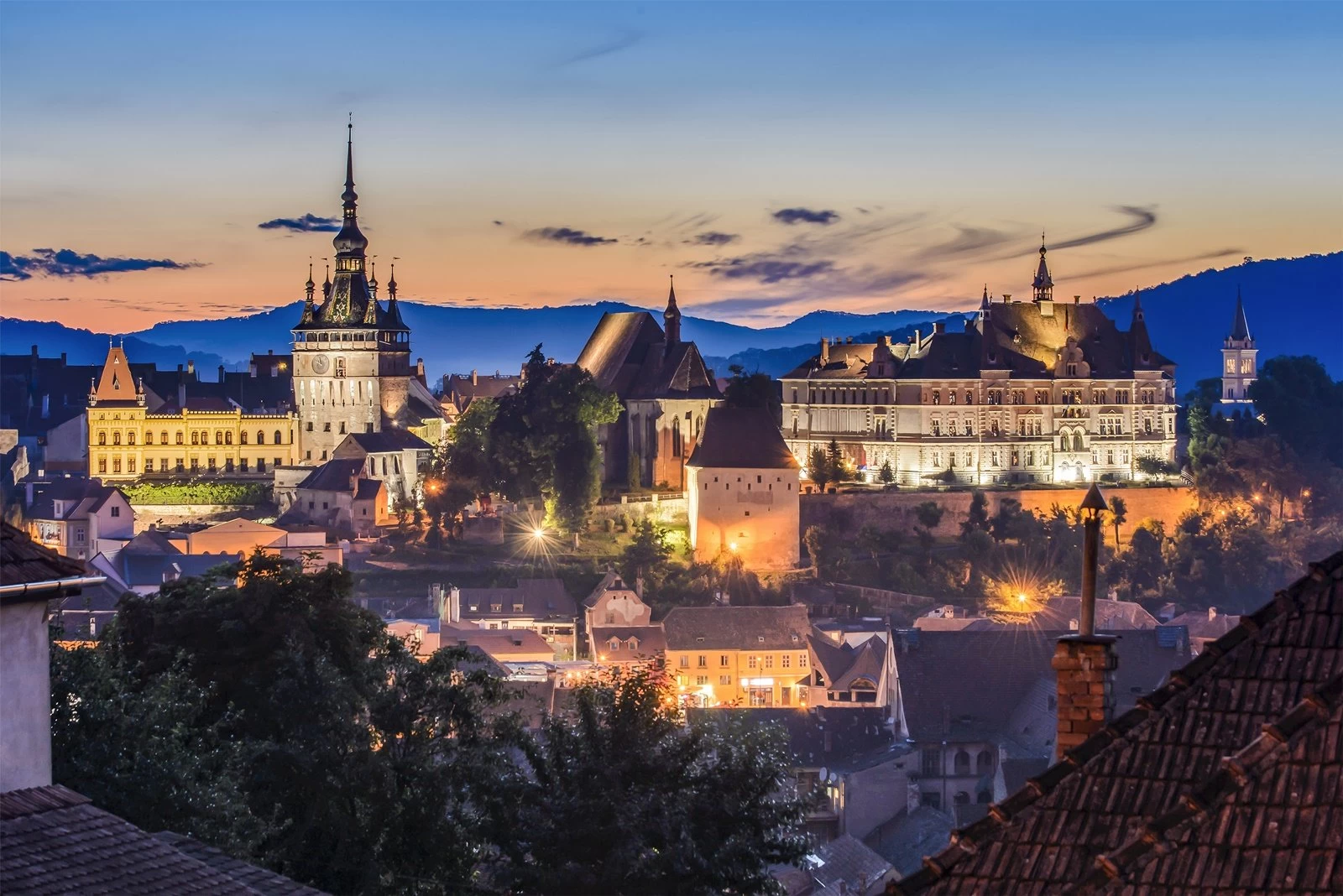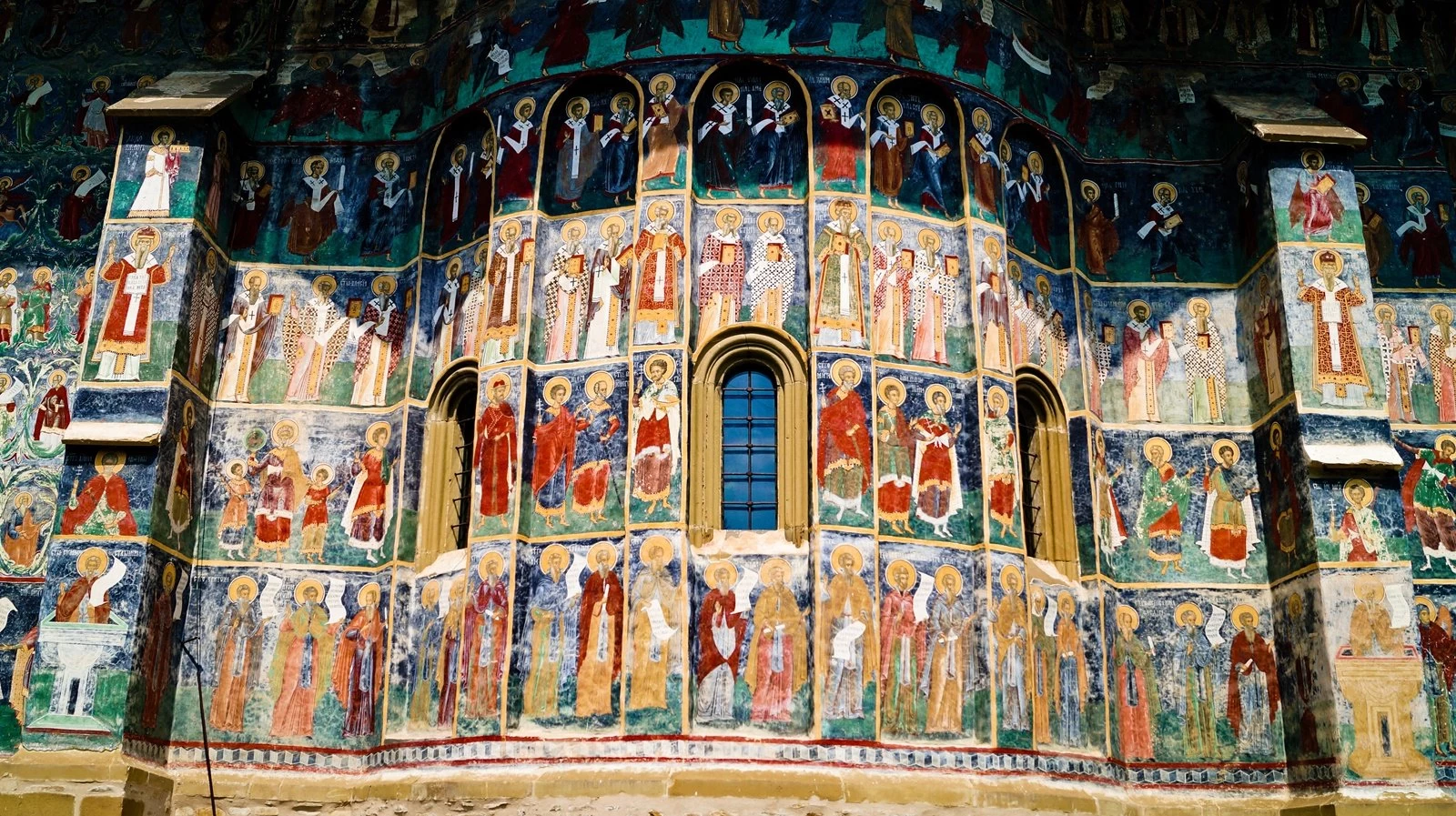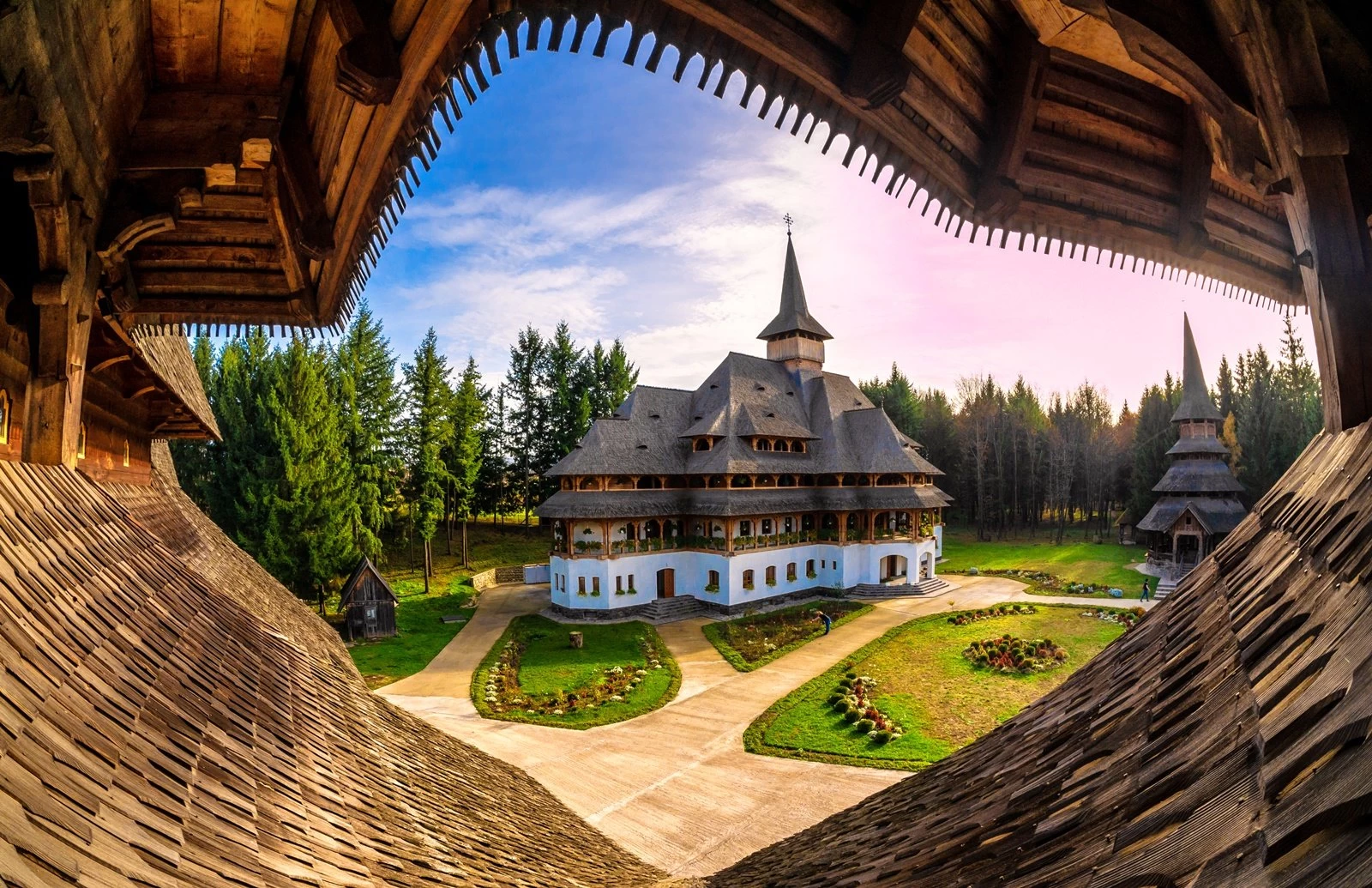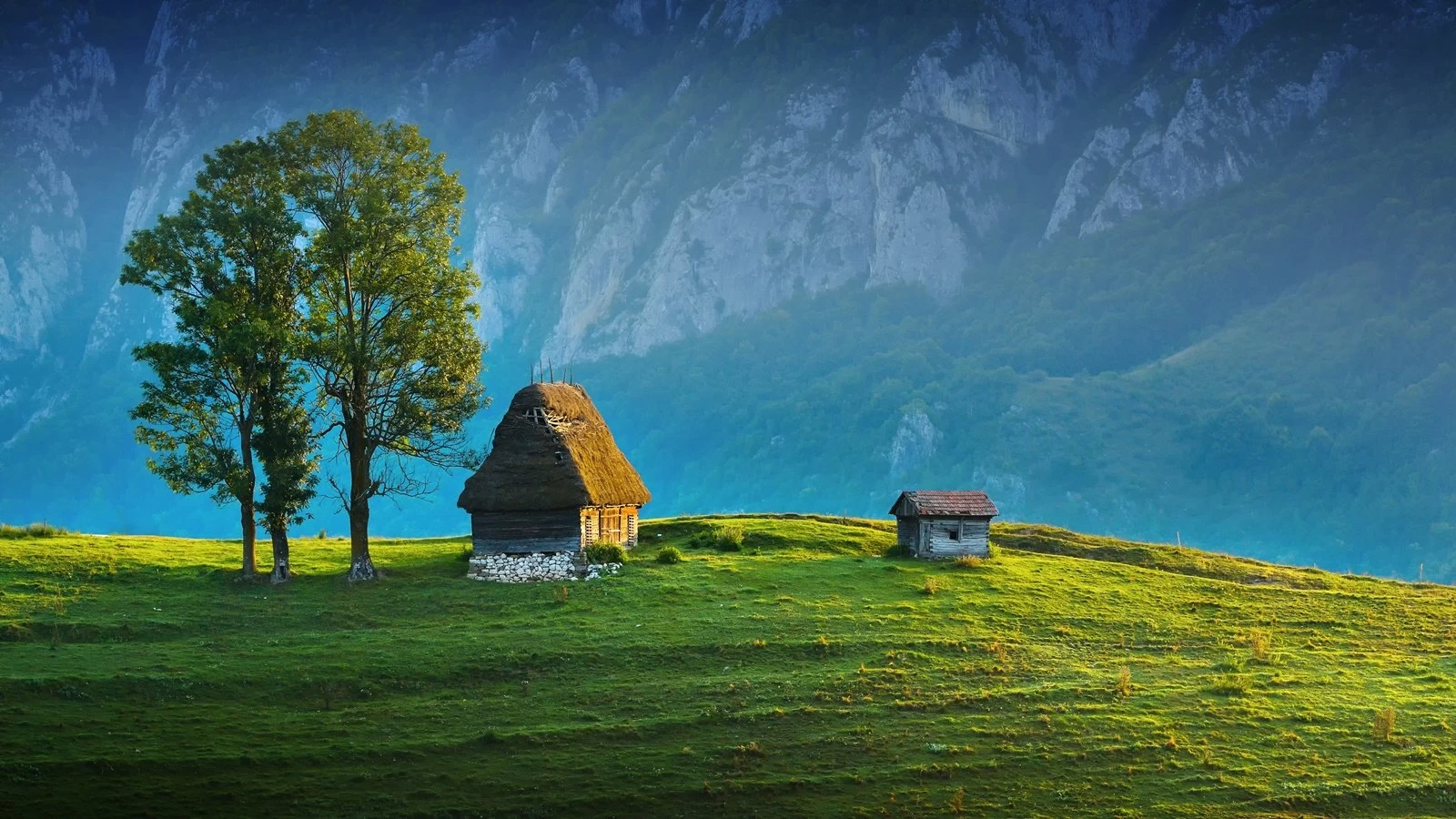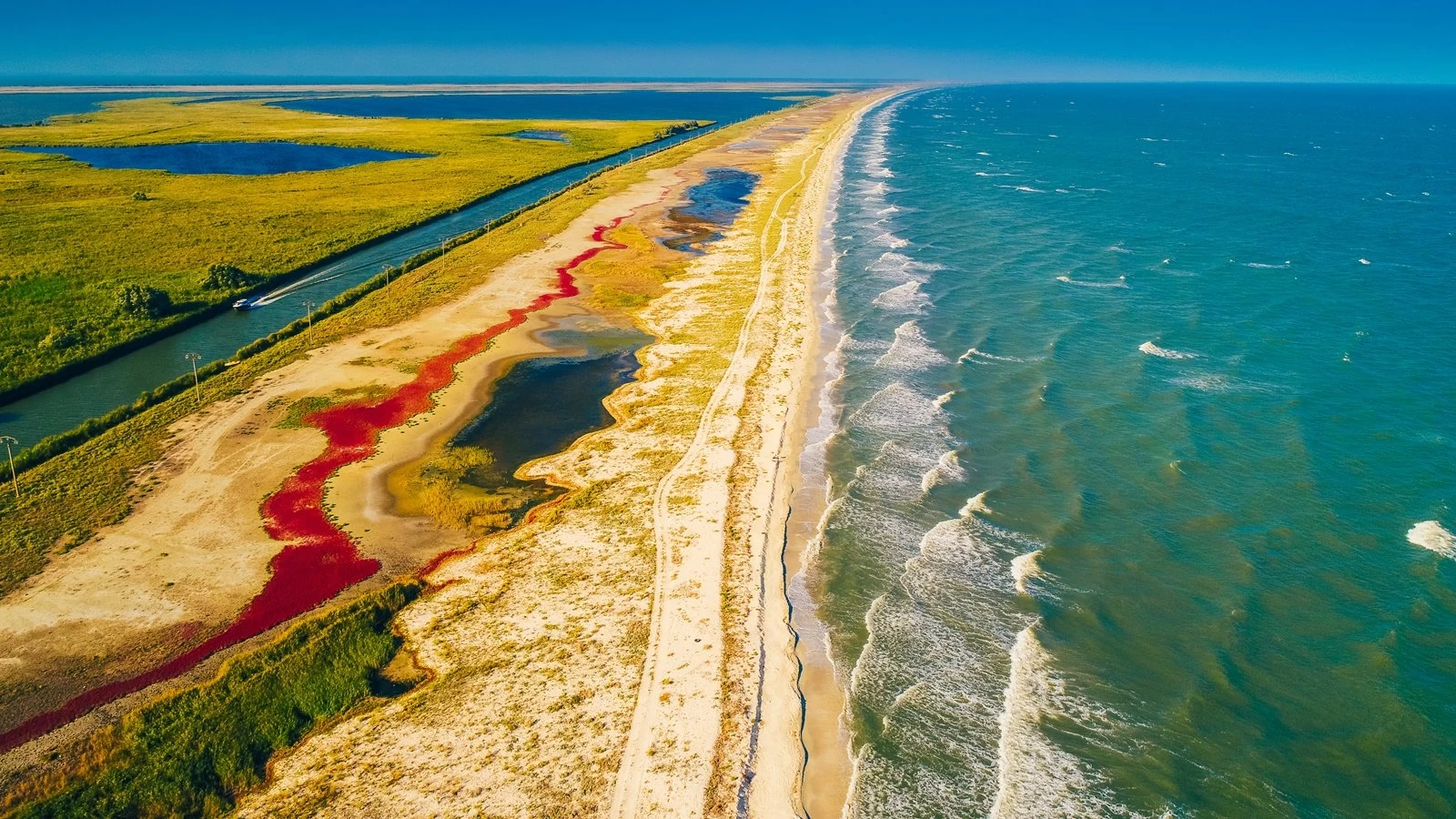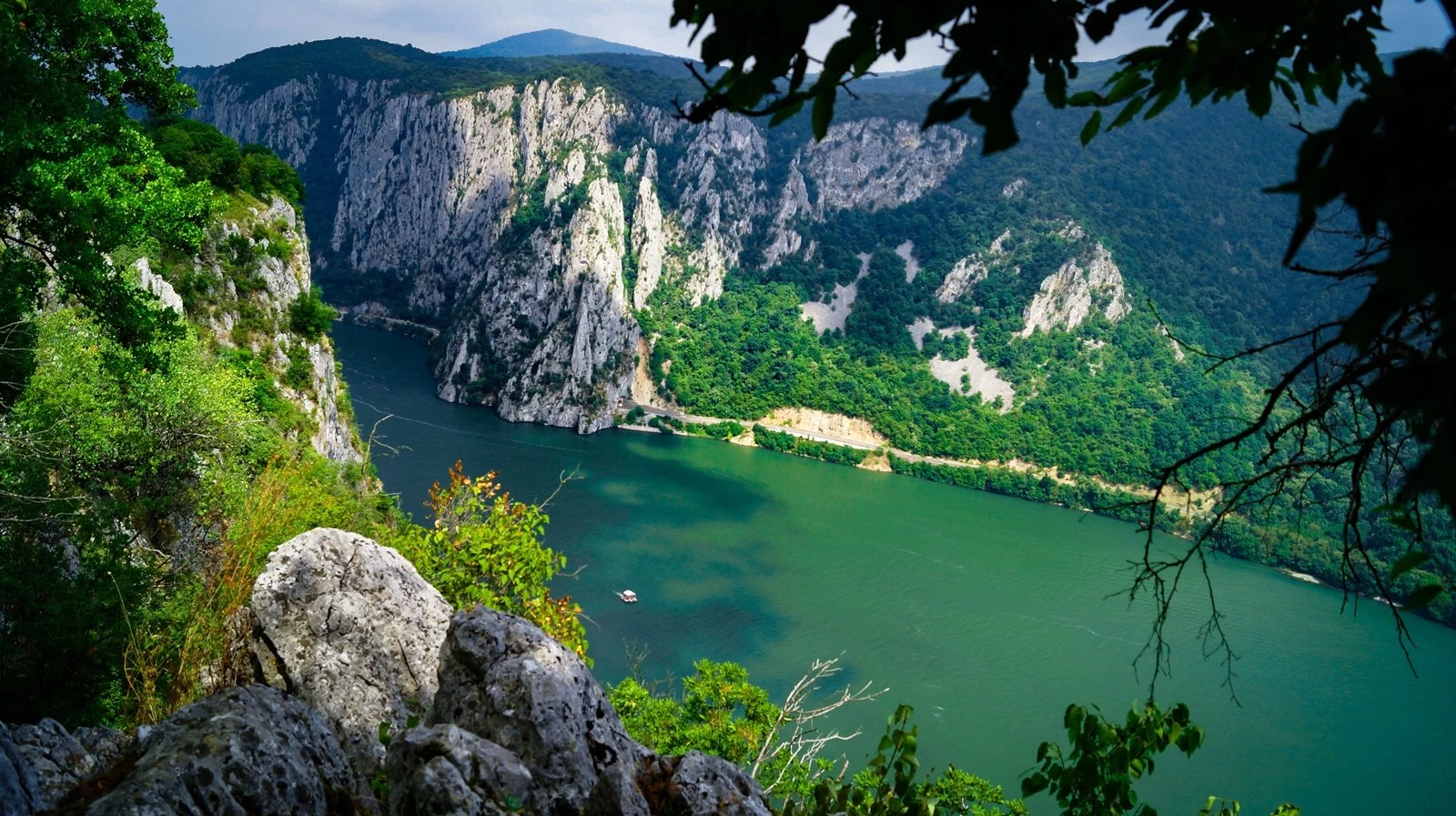Are you planning a vacation in Romania but haven't chosen your destination yet?
Here is a list of places to visit in Bukovina that could make your holiday an unforgettable experience.
In addition to the most important tourist attractions, by reading this article you will also find the most interesting accommodation options.
All of them can be booked quickly and without a commission through Travlocals.
About Bukovina
Bukovina is a historical region of Romania that gained a distinct identity from the rest of Moldova in 1775 when it was annexed by the Habsburg Empire. Its name comes from the Slavic word "buk" (beech tree). Thus, in translation, Bukovina means "Land of Beech Trees."
A place with a rich history, located at the border of nations, Bukovina represents today a cultural mix of various ethnicities.
This fairy tale land has excellently preserved its traditions and customs. The people here live as they did hundreds of years ago. Ancient customs are sacredly respected, traditional costumes are held in high esteem, and old traditional houses are waiting for guests.
Culinary feasts with local influences, craft workshops, animal-drawn carriage rides, mountain trails and much more await you if you choose to spend your vacation here.
Moreover, there are plenty of places to visit in Bukovina, whether they are natural or man-made.
The monasteries of Bukovina are the most famous places of worship in Eastern Europe and the main tourist attractions in the area. Built centuries ago by Moldavian rulers and boyars, they are true architectural masterpieces, each with its own particularities.
So let's see what beauties this corner of paradise hides.
12 Tourist Attractions and Places to Visit in Bukovina
1. Monasteries in Bukovina
As previously mentioned, there are several monasteries in Bukovina that attract tourists like a magnet. Among these, the most spectacular are:
Putna Monastery;
Sucevita Monastery;
Moldovita Monastery;
Arbore Monastery;
Humor Monastery;
Voronet Monastery;
Dragomirna Monastery;
Agapia Monastery;
Varatec Monastery.
No less than 8 monasteries in Bukovina have been included in the UNESCO World Heritage, being recognized for their international value. You can see all of them briefly in the video below, along with some lesser-known ones.
See here the map of the monasteries in Bukovina.
2. Daniil Sihastrul's Hermitage
In the village of Putna, on the bank of Viteul stream, lies the hermitage of the monk Daniil. He carved a small room with a chapel into the rock, which served as his shelter for over 20 years.
Believers from all over the country came here to ask for his advice, and there is evidence of his ability to relieve their suffering. After his death, the monk was beatified and buried in the narthex of Voronet Monastery.
This place enriches you spiritually and brings you inner peace even now, years after the death of monk Daniil Sihastrul. Do you want to know the history of the place? Watch the video below.
3. Cacica Salt Mine
Located 17 km from Gura Humorului, Cacica Salt Mine is one of the oldest recrystallized salt mines in Europe, dating back to the early Neolithic period (5th millennium BC).
During the Habsburg domination of Bukovina, the Imperial Court of Vienna began prospecting the salt springs in the region, with the aim of ensuring the salt supply for the inhabitants of the new province.
The salt reserve at Cacica was discovered following some drilling works in 1790, and the construction of the mine took place in 1791. Later, workers of various ethnicities were brought in for exploitation, most of them being Poles.
Today, Cacica Salt Mine is a tourist destination. The entrance is made through no less than 192 spiral stairs made of fir trees, several centuries old, whose surface has been covered over time with mineralized salt. If you want to visit the mine, keep in mind that the temperature inside does not exceed 10 degrees Celsius.
Cacica Salt Mine includes, among others, a salt museum, a Roman Catholic chapel, an Orthodox chapel, a salt lake, a dance hall, and a grotto of dwarves.
4. The Egg Museum, in Vama
Bukovina is also renowned for the art of decorating eggs with traditional motifs. There is even a particular museum in the town of Vama dedicated to the art of egg decoration and eggs in general. Here you will find a fantastic collection, gathering over 3000 exhibits from all over the world, from the smallest to the largest egg.
The collection of Bucovinian eggs has a history of over 50 years. They bear the imprint of local craftsmanship, being decorated with various symbolic motifs.
5. Suceava Citadel
The Suceava Citadel is a medieval fortress located on the outskirts of the city. It is part of the fortifications built in Moldavia in the 14th century.
The construction of the citadel started during the reign of Petru I Musat, and the fortification was completed during the reign of Stephen the Great. The location on the terminal spur of a plateau situated 70 meters above the Suceava river valley offers a superb panorama of the entire valley.
The age, spectacularity, and degree of preservation make this monument one of the most important tourist attractions in Bukovina.
6. The House with Spoons in the Windows
The House with Spoons in the Windows is a private museum founded in 1945 by Professor Ion Tugui. It presents an impressive collection of wooden spoons, harmoniously arranged on walls, ceiling or in the windows.
The spoons were made from various types of wood, from the most common to exotic species such as fig or lemon wood. There is also an exhibition of spoons donated by tourists from all over the world who have visited this museum.
7. The Bukovina Village Museum
Traditional houses from the Bukovina region, centuries-old but carefully restored and relocated to a museum open to the public. In the museum's courtyard, there are periodic folk music festivals and craft workshops that illustrate the occupations and way of life of the Bukovina people.
If you're spending your vacation in Bukovina and want to truly feel the charm of this fairytale land, we advise you to stay in one of the many restored traditional houses. These can be booked commission-free through Travlocals.
8. Huțulca: The Bukovina Narrow Gauge Railway
The Bukovina Narrow Gauge Railway is not as spectacular as the one in the Vaser Valley in Maramures, but it can offer you a fantastic experience. The 70-year-old steam locomotive will take you through the Moldovita Valley for 3 hours (round trip).
From the train carriages, you can admire the beauty of the traditional villages and the wilderness of the surrounding mountains.
9. Transrarăul
Transraraul is one of the most spectacular alpine roads in Europe. This mountain road is 28 km long and connects the Bistrita Valley with the Moldova Valley. The maximum altitude reached is 1400 m.
Nicknamed "The Treasure Road", the road offers breathtaking views of the mountain ridges, surrounded by coniferous forests. Along the way, you can admire the Lady's Stones or the Adam and Eve Rocks.
10. Gura Humorului zipline, the longest zipline in Europe
One of the main tourist attractions in Bukovina is the Gura Humorului zipline, the longest zipline in Europe. With a length of 2.2 km, it has a maximum height difference of 320m. You'll reach a maximum speed of about 140 km/h.
Even though adrenaline will invade your body, the stunning landscapes you'll fly over are worth every penny.
In Bukovina there is another mega zipline in Pasul Palma. With a length of 1.1 km and a difference in altitude of approximately 100 m, you will have a 1-minute descent with a maximum speed of 100 km/h.
The landscapes are at least as spectacular.
11. Ciocănești, the village with painted houses
Documented since 1400, the village of Ciocanesti was declared a museum village in 2004. Located just 20 km away from the renowned resort of Vatra Dornei, Ciocanesti is an architectural gem of Bukovina.
All the houses have been painted with traditional motifs, the idea originating in 1950, at the initiative of the then mayor. The more spectacular the designs, the better the reputation of the owner among the villagers, who make the analogy between the paintings and the soul of the person.
12. Tinovul Mare
One of the most spectacular natural tourist attractions in Bukovina is Tinovul Mare - the largest peat bog reserve in Romania. This swamp covers an area of 682 hectares and can be partially visited thanks to the wooden pontoons arranged there.
In short, peat bogs are wetlands where peat accumulates. Peat is soil rich in organic matter of plant origin, poorly or not decomposed due to lack of oxygen. There are a number of important factors that must be met to form a peat bog, and their rarity gives them greater tourist importance.
Vacation in Bukovina? Here are the most beautiful guesthouses, traditional houses, and cabins for rent.
Now that you've learned about all these tourist attractions and places to visit in Bukovina, you're probably looking for some equally beautiful places to stay.
With the help of Travlocals, you can quickly and commission-free book the most spectacular accommodations and experiences. Traditional houses, over a century old, expertly restored to offer you comfort, open their doors to an archaic world that you will explore.
If you want more comfort, you can choose one of the cabins for rent or traditional guesthouses in Bukovina, built without deviating from the local architectural pattern.
Our hosts are very welcoming and friendly. They will put the best dishes on your table, prepared with food from their own household or from neighbors.
The experiences we offer will fill your heart with joy and help you rediscover the pleasure of living.

